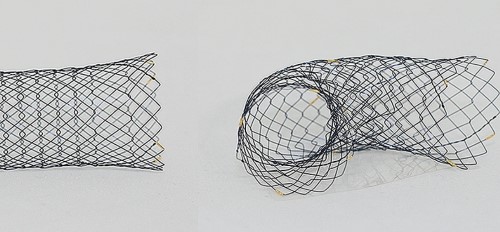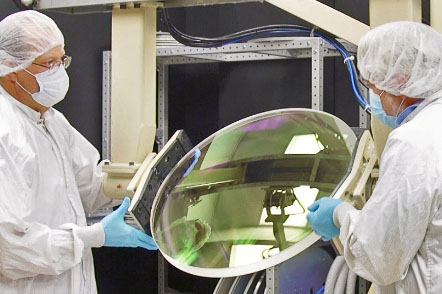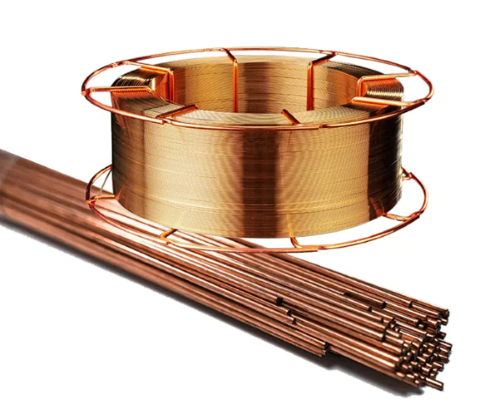Spherical Powder in Additive Manufacturing
1 Introduction
Additive Manufacturing Technologies (Additive Manufacturing Technologies, AM), or 3D printing (3DP), is a technology for manufacturing solid parts through layer-by-layer material accumulation based on three-dimensional CAD data.
The historical development of 3D printing technology is a process of continuous progress and expansion. From the early days of rapid prototyping to today's wide range of applications, 3D printing technology has been used in design and manufacturing fields such as jewelry design, footwear design and manufacturing, industrial design, architectural design, engineering design and construction, automotive design and manufacturing, aerospace, dentistry, and other medical fields.
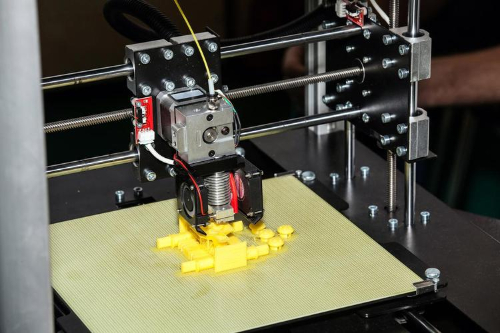
Fig. 1 3D Printing Technology Has Been Widely Used
2 Additive Manufacturing Technologies and Historical Development
Additive Manufacturing (AM), also known as 3D printing, is an advanced manufacturing technology that directly builds three-dimensional entities by stacking materials layer by layer. With the traditional subtractive manufacturing (such as cutting) and iso-material manufacturing (such as casting) is different, AM is based on the principle of “discrete - stacking”, without the need for molds or complex tooling, can be directly based on the digital model to complete the manufacturing, with a high degree of freedom of design, high utilization of materials, and can be quickly customized complex structures and other significant advantages.
Additive Manufacturing (AM) technology is particularly suited to the manufacture of highly complex parts that are difficult to form using traditional processes, and effectively addresses traditional manufacturing pain points such as low productivity, long lead times, and high costs. Its core advantage lies in breaking through design constraints and building complex geometries (e.g., internal runners, thin-walled components) directly through near-net-shape capabilities, significantly reducing part count and assembly requirements, while achieving performance optimization (e.g., lightweight design). Additionally, AM supports rapid iterative “design-fail-fix” cycles, dramatically reducing product development cycles while enabling economical production of single or discontinued parts. Through precise layer-by-layer material stacking, the technology reduces material waste to less than 10% of conventional processes (buy-fly ratio optimization), thus providing efficient and flexible manufacturing solutions for high-end applications such as aerospace and nuclear propulsion, while reducing costs.
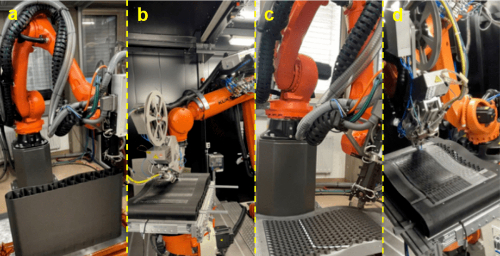
Fig. 2 Novel Composite Additive Manufacturing Technology Developed for Aerospace Structures
Additive manufacturing technology can be divided into various types according to the forming principle and material properties, mainly including powder bed fusion (such as SLM/EBM), material extrusion (such as FDM), light curing (such as SLA/DLP), and Directed Energy Deposition (DED). The core principle is to form materials layer by layer through digital modeling: first use computer-aided design (CAD) to construct a three-dimensional model and slice it into two-dimensional layer data; subsequently, the equipment controls the energy source (e.g., laser, e-beam) or extrusion device according to the layer data, selectively melting the powder, curing the resin or extruding the thermoplastic material, and then stacking it layer by layer to form the entity. For example, powdered metal bed melting (SLM) technology precisely melts metal powder through high-energy lasers, stacking layers to form high-density parts, while light-curing technology (SLA) uses UV lasers to scan liquid photosensitive resins and cure them to form fine structures. After printing, post-processing such as powder clearing, heat treatment, or surface polishing is required to ultimately obtain a finished product that meets performance requirements. The entire process does not require molds, supporting the free design and efficient manufacturing of complex geometric structures.
Table 1 EBM vs. SLM
Characterization | EBM | SLM |
Energy Source | Electron Beam | Laser |
Environment | High Vacuum | Inert Gas (e.g., Argon) |
Applicable Materials | High Melting Point Metals (Titanium, Tantalum, Tungsten, Etc.) | Stainless Steel, Aluminum Alloys, Cobalt-Chromium Alloys, etc. |
Part Size | Large Size, Thick Layer | Small And Medium Size, High Precision Details |
The additive manufacturing (AM) process begins with the design and pre-processing stage, covering a full range of preparations from part structure analysis, model validation, to build layout planning, in which the optimization of support generation and model slicing paths directly determines the accuracy and efficiency of subsequent manufacturing. The material design needs to be closely coordinated with the characteristics of the metal material, for example, the particle size distribution and fluidity of the powder directly affect the quality of the powder spread. After fabrication, post-processing includes powder removal, heat treatment to eliminate residual stresses, support structure removal, and plate separation, followed by precision machining (e.g., welding, polishing) and rigorous testing (e.g., non-destructive testing) to ensure that the part meets service standards. The assembly phase combines validation testing and metallurgical certification to form a complete part production program, with specialized coating processes (e.g., thermal barrier coatings) to enhance heat and oxidation resistance, especially for high-temperature environments. The whole process is based on an iterative lifecycle to continuously optimize process parameters and material properties, e.g., referring to the model proposed by Gradi et al. (2021), and through the “Design-Manufacture-Test-Improve” cycle, a seamless transition from prototyping to mass production can be achieved, which will ultimately ensure the reliability and long-lasting performance of the AM part under extreme operating conditions. Reliability and longevity of AM parts under extreme operating conditions.
In the 1980s, early 3D printing technology came into its own. This phase of the technology was known as Rapid Prototyping (Rapid Prototyping), and its core concept was to print objects layer by layer based on a digital model to enable rapid prototyping. It began to mature in the mid-development phase from the 1990s to the early 21st century, and was not only applied to industrial design, modeling, and prototyping, but also began to penetrate the fields of medicine, aviation, automotive, and architecture. After entering the 21st century, 3D printing technology has made more significant breakthroughs, not only able to print complex structures and precision parts, but also to achieve multi-material, multi-color printing. This makes the application of 3D printing in manufacturing, medical, aerospace, and many other fields more extensive and in-depth.
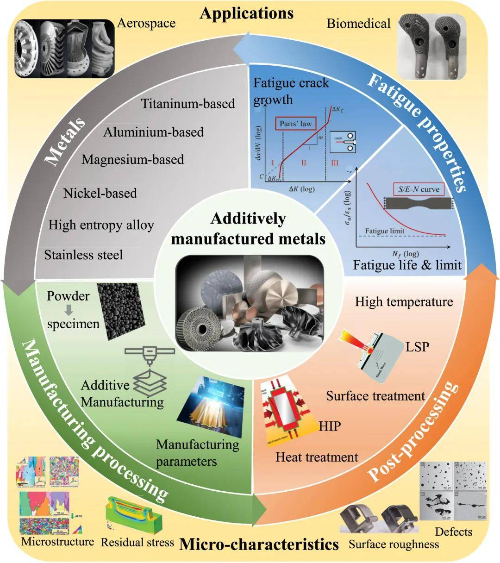
Fig. 3 Additive Manufacturing Technology
3 Spherical Powder: Core Material and Key to Development of Additive Manufacturing Technology
Spherical powders are metal or alloy powders prepared by advanced processes with near-perfect spherical or spheroidal particle morphology and are considered to be the “gold standard” in the field of Additive Manufacturing (AM). The core advantage of this type of powder stems from its unique physical properties: high sphericity (sphericity coefficient close to 1) enables it to be uniformly distributed in the powder spreading process, significantly reducing the interlayer porosity; excellent mobility ensures rapid filling of the powder in complex cavities or fine structures, thus improving printing efficiency; at the same time, strict control of low oxygen content (e.g., titanium alloy powders with an oxygen content of less than 0.15%) avoids the negative impact of impurities on the mechanical properties of the parts. The strict control of low oxygen content (such as titanium alloy powder oxygen content of less than 0.15%) avoids the negative impact of impurities on the mechanical properties of parts. In addition, through the narrow particle size distribution (e.g., 15-60 μm for laser selective melting technology), the spherical powder can meet the specific needs of different additive manufacturing processes on the size of the material, laying the foundation for high-quality molding.
Spherical powders play an irreplaceable role in additive manufacturing technology. Their high fluidity and homogeneous buildup properties directly determine the density and performance of the printed part - for example, the use of spherical titanium alloy powders (e.g., Ti-6Al-4V) in the laser powder bed fusion (LPBF) process results in a part density of 99.9%, effectively reducing cracks and residual stresses. This material property also gives AM technology the ability to break through traditional manufacturing constraints: from the cooling runners inside an aero-engine blade to the porous structure of a personalized bone implant in the medical field, spherical powders support the free design of complex geometries that are optimized for both functionality and light weighting. At the same time, the layer-by-layer stacking characteristics of AM technology combined with the efficient filling characteristics of spherical powders can increase the material utilization rate to more than 90%, significantly reducing production costs and resource waste. In the aerospace industry, turbine blades made of spherical high-temperature alloys (such as Inconel 718) can withstand extreme environments of more than 1,000 degrees Celsius; in the medical industry, biocompatible titanium alloy powders are used to mass-produce standardized implants through Electron Beam Melting (EBM) technology at a cost that is 80% lower than that of traditional processes.
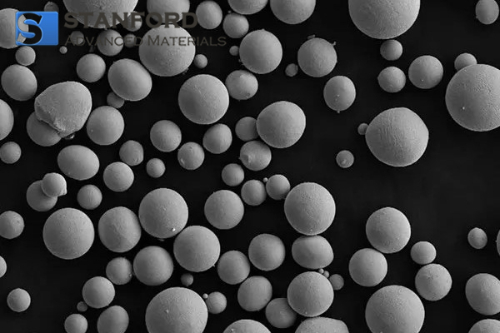
Fig. 4 Spherical TC4 Titanium-Based Powder (Ti-6Al-4V)
The preparation process of spherical powder directly determines its quality and cost. Currently, the mainstream technologies include aerosolization, plasma rotating electrode method (PREP), and high-energy plasma spheronization (HEPS). Aerosolization method through the high-speed airflow of the metal liquid stream broken into micro-droplets and cooled into a spherical powder, occupies more than 80% of the market share, but its oxygen content control and equipment costs are still bottlenecks; PREP technology through the rotating electrode of the plasma melting to produce high-purity powder, especially for titanium and other reactive metals, but the high energy consumption limits the scale of application. In recent years, the emergence of HEPS technology through the plasma of irregular powder for the second spherical treatment, not only improved the quality of recycled powder but also achieved 100% recycling of titanium waste, promoting the green manufacturing process. However, the industry is still facing serious challenges: the reliance on imports of high-end atomization equipment has led to low yields of domestically produced powders (less than 80% for titanium powder), while fluctuations in the particle size distribution and oxygen content of powders can lead to batch-to-batch variations in the performance of parts, which is particularly critical for aerospace and other high-standard fields.
Although the high fluidity and uniform powder spreading characteristics of spherical powders provide a high-quality foundation for additive manufacturing (AM), the surface roughness after printing (Ra value is usually 5.5-8.9 μm) still needs to be optimized by post-processing technology to meet the functional requirements under extreme working conditions. Taking tungsten parts formed by laser powder bed fusion (L-PBF) as an example, the surface roughness in the vertical direction (Ra 5.5 μm) is significantly lower than that in the inclined direction (e.g., Ra 8.9 μm for a 45° downward facing surface), which needs to be combined with chemical-mechanical polishing (CMP) or electrochemical polishing to bring the Ra value down to less than 1 μm, thus reducing the stress concentration and improving the fatigue life. In addition, protective coating technologies are essential for high temperature and corrosive environments: external surfaces can be coated with ferrochrome-silicon slurry diffusion coatings, which are sintered at high temperatures to form a dense oxide layer with temperature resistance up to 1,300°C, while internal complex flow paths rely on MoSi₂ thermal spraying technology, which enhances oxidation resistance while maintaining geometrical accuracy. These surface treatments not only compensate for the limitations of AM's native roughness but also promote reliability breakthroughs in high-end applications such as aerospace nozzles and nuclear reactor components through synergistic effects with spherical powders (e.g., narrow particle size distribution to reduce polishing losses).
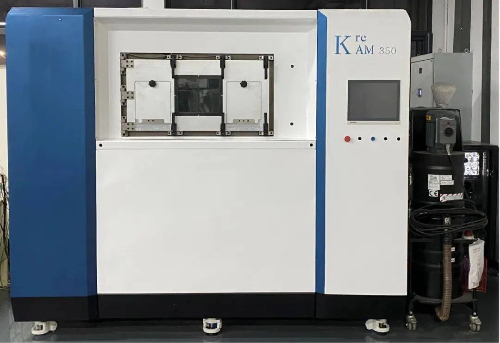
Fig. 5 Laser Powder Bed Fusion
4 Different Types of Spherical Powders for Different Additive Manufacturing Technologies and Applications
4.1 Selective Laser Melting (SLM): An Innovator in Precision Manufacturing
Selective Laser Melting (SLM) uses high-energy lasers to melt metal powders layer by layer, specializing in high-precision molding of complex structures, especially for the manufacture of small precision parts. The requirements for powder performance are stringent: particle size should be controlled at 15-60 μm, sphericity higher than 0.9, oxygen content lower than 0.15%, and no hollow powder to ensure melt pool stability and part densities. For example, in the aerospace field, titanium alloy aero-engine blades (e.g., Ti-6Al-4V) made by SLM technology achieve a weight reduction of 30% while maintaining high-temperature strength through the design of the internal honeycomb structure; and in the medical field, personalized titanium alloy orthopaedic implants printed by SLM shorten the patient's recovery cycle by the porous surface to promote the growth of osteoblasts.
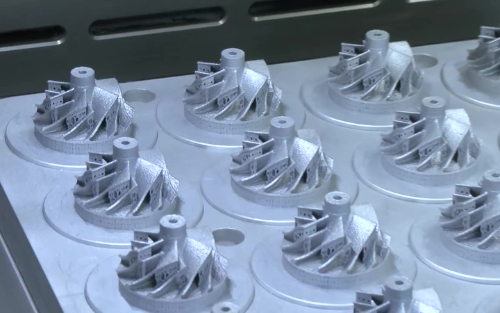
Fig. 6 Selective Laser Melting (SLM)
4.2 Electron Beam Selective Zone Melting (EBSM): An Efficient Solution for Large-Size Parts
Electron beam selective melting (EBSM) utilizes the high penetrating power of a high-energy electron beam and is suitable for the rapid manufacturing of large-sized, thick-layered parts. The powders need to have a large particle size range of 45-105 μm, high bulk density, and excellent heat resistance. Typical examples include the manufacturing of large load-bearing frames in aerospace - taking the titanium alloy load-bearing frame of the J-31 fighter jet as an example, EBSM technology has increased the material utilization rate by 5 times, significantly reducing the waste of raw materials. In addition, in the automotive industry, EBSM technology combined with copper alloy powder (such as CuCrZr) to manufacture high-efficiency heat dissipation components, and through the optimization of the flow channel design, the heat dissipation efficiency of electric vehicle motors has been increased by 40%.
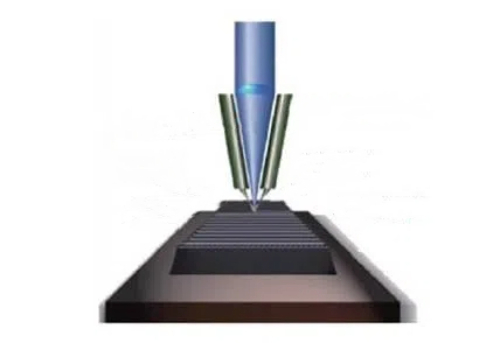
Fig. 7 Electron Beam Selective Zone Melting (EBSM)
4.3 Laser Melting Deposition (LMD): A Powerful Tool for The Repair and Strengthening of Large Parts
Laser Melting Deposition (LMD) is used to rapidly repair or strengthen the surface of large parts through the simultaneous feeding of powders with a high-energy laser. The technology requires high fluidity of the powder, with a particle size range of 90-250 μm, and high purity to guarantee the performance of the cladding layer. In the aerospace field, LMD technology is used to repair turbine blade wear parts, through the gradient material design (such as cobalt-based alloy and tungsten carbide composite coatings) to extend the blade life by three times; in the heavy machinery industry, LMD technology directly molding large hydraulic valve body, through the integrated design of the internal runner to reduce the assembly interface, reducing the risk of leakage up to 70%.
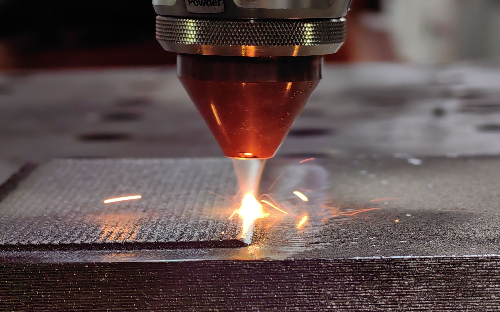
Fig. 8 Laser Melting Deposition (LMD)
4.4 Cross-Industry Applications: Technology Penetration from Cutting-Edge Aerospace to Consumer Electronics
Aerospace: SLM and EBSM technologies combine spherical titanium powder and high-temperature alloy powder to promote light weighting and structural innovation. For example, the combustion chamber of a certain model rocket uses SLM technology to integrate more than 200 cooling runners, with a temperature resistance exceeding 1,200℃.
Medical and healthcare: EBSM technology uses biocompatible titanium powder to mass produce standardized orthopedic implants, reducing costs by 80% compared to traditional processes and achieving rapid post-operative osseointegration through porous structure design.
Consumer electronics: small particle size titanium powder (<30μm) is prepared by HDH (hydrogenated dehydrogenation) and high-energy plasma spheronization (HEPS) technology for 3D printing of titanium alloy middle frames of cell phones, with a yield of over 80%, taking into account the needs of strength and thinness, to meet the needs of Apple, Huawei and other high-end models for mass production.
5 Future Trends: Material Innovation and Sustainable Development
Currently, although additive manufacturing technology has achieved breakthrough applications in aerospace, medical, and other fields, it still faces challenges such as material performance limitations, high process costs, and resource sustainability. For example, conventional titanium alloy powder is prone to creep and deformation under extremely high-temperature environments (>1000°C), while conventional waste powder recycling technology has a reuse rate of less than 50% due to oxidation problems. In this context, material innovation and intelligent processes have become the key to break the ice: the GRX-810 superalloy developed by NASA has tripled its strength compared to conventional nickel-based alloys at 1200°C through oxide dispersion strengthening (ODS) technology, offering the possibility of next-generation reusable rocket engine combustion chambers; at the same time, AI-driven process optimization systems (e.g. Siemens AM Monitor) Through real-time monitoring of molten pool morphology and thermal field distribution, the laser power and scanning path are dynamically adjusted to reduce part porosity from 2% to less than 0.5%.
In terms of sustainable development, High Energy Plasma Spheronization (HEPS) technology can achieve 100% recycling by converting titanium scrap into high-purity spherical powder, which, combined with equipment scaling (e.g., GE Additive's ATLAS lasers support 1-meter-size part printing), promotes low-cost manufacturing of large aerospace parts (e.g., 40-inch rocket nozzles). More forward-looking, the field of in-situ manufacturing in space (ISAM) is exploring the use of metal oxides in the lunar soil (such as ilmenite) to directly prepare spherical powders - ESA's “PROSPECT” project has successfully extracted titanium powders from simulated lunar soil. The future may realize the lunar surface 3D printing radiation shielding capsule and fuel storage tanks, significantly reducing the cost of transportation of materials for deep space exploration.
From the laboratory to industrialization, additive manufacturing is to material diversification, process intelligence, and closed-loop resource reconstruction of a high-end manufacturing paradigm, and spherical powder as the core carrier of this change, will continue to lead the expansion of the technological boundaries.

Fig. 9 The Future of 3D Printing Technology
6 Conclusion
As the cornerstone of additive manufacturing (AM) technology, spherical powders have become a key material for breaking through traditional manufacturing boundaries due to their high sphericity, excellent flowability, and low oxygen content. From precision aerospace blades by laser selective zone melting (SLM), to large aerospace structural parts by electron beam selective zone melting (EBSM), to heavy mechanical repairs by laser cladding deposition (LMD), spherical powders have significantly improved the densification, light weighting and functional integration of parts by accurately adapting to the needs of different processes (e.g., particle size range, thermal stability). In the aerospace field, titanium alloy and high-temperature alloy powder to help the combustion chamber integration of more than 200 cooling runners, temperature resistance exceeded 1200 ℃; in the medical field, porous titanium alloy implants through the biocompatibility design to promote personalized treatment; consumer electronics rely on small particle size titanium powder to achieve high efficiency of the middle frame of the mass production of cell phones, the yield rate of more than 80%.
However, the industry is still facing high preparation costs (such as plasma spheronization equipment relies on imports), powder performance fluctuations (oxygen content and particle size distribution control), and the lack of standardization and other challenges. In the future, material innovation and intelligent technology will become the core of the breakthrough: NASA's GRX-810 superalloy is strengthened by oxide dispersion, and the high-temperature strength is increased by two times; AI-driven process optimization system can regulate the parameters of the melting pool in real time, and reduce the porosity to below 0.5%. In terms of sustainability, waste powder recycling technologies (e.g., HEPS) and equipment scaling (e.g., 1-meter part printing) are driving a revolution in resource efficiency, while in-situ manufacturing in space (ISAM) offers the possibility of “in-situ” deep space exploration by extracting titanium powder from the moon's soil.
From laboratory to industrialization, additive manufacturing is reconstructing the high-end manufacturing paradigm with material diversification, process intelligence, and closed-loop resources. Spherical powder, as the core carrier of this change, is not only the cornerstone of technological breakthroughs, but also the key to promoting the upgrading of aerospace, medical, and health care, and green energy. With the deepening of global R&D cooperation and industry chain innovation, AM technology will accelerate towards a more efficient and sustainable future, injecting lasting power for mankind to explore extreme environments and realize the vision of Industry 4.0.
Related Reading:
Satellite Phenomena in Metal Powder: A Deep Dive into Additive Manufacturing Challenges
Gas-Atomized Spherical Powders: Addressing the Technological and Practical Challenges

